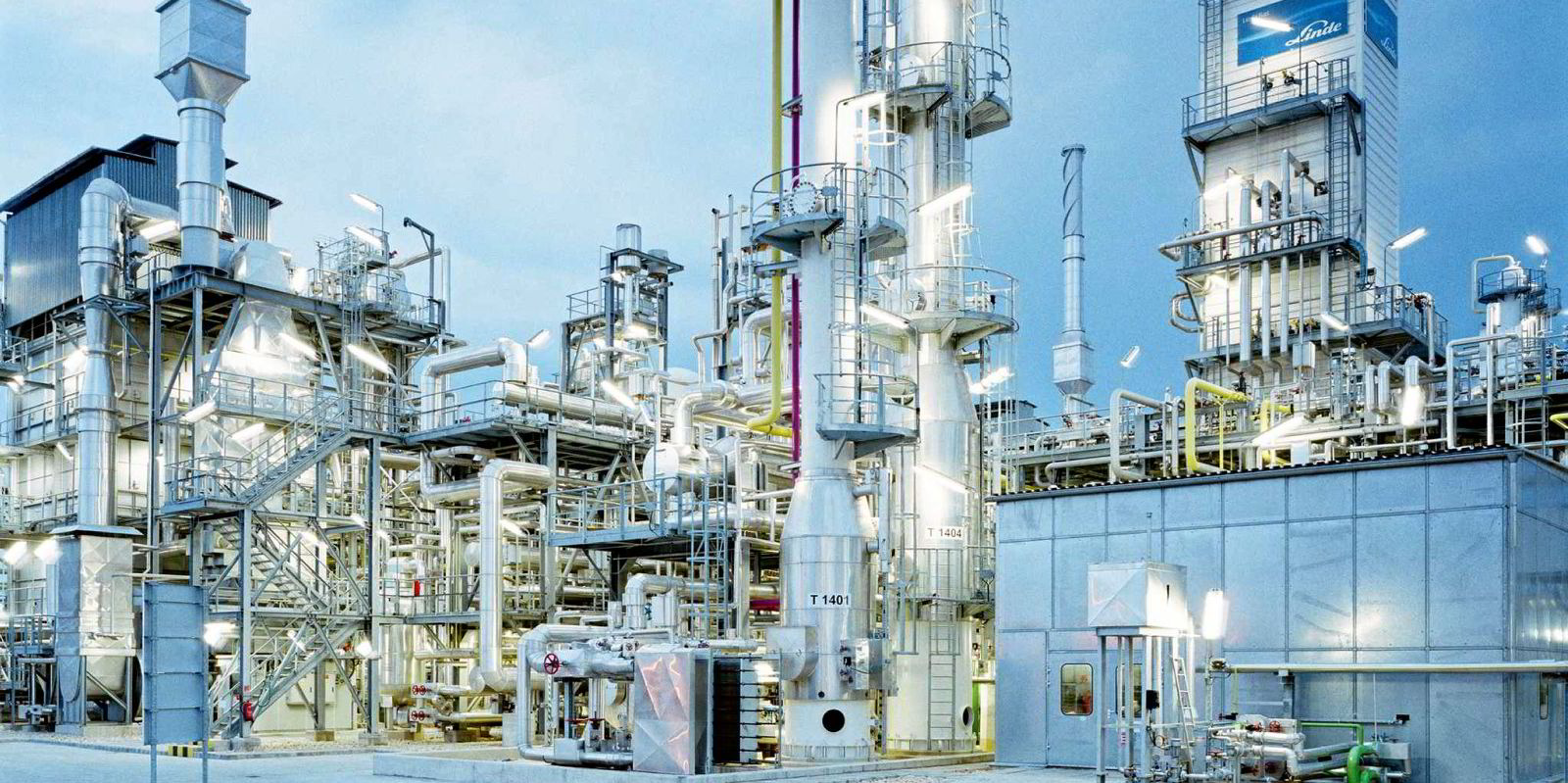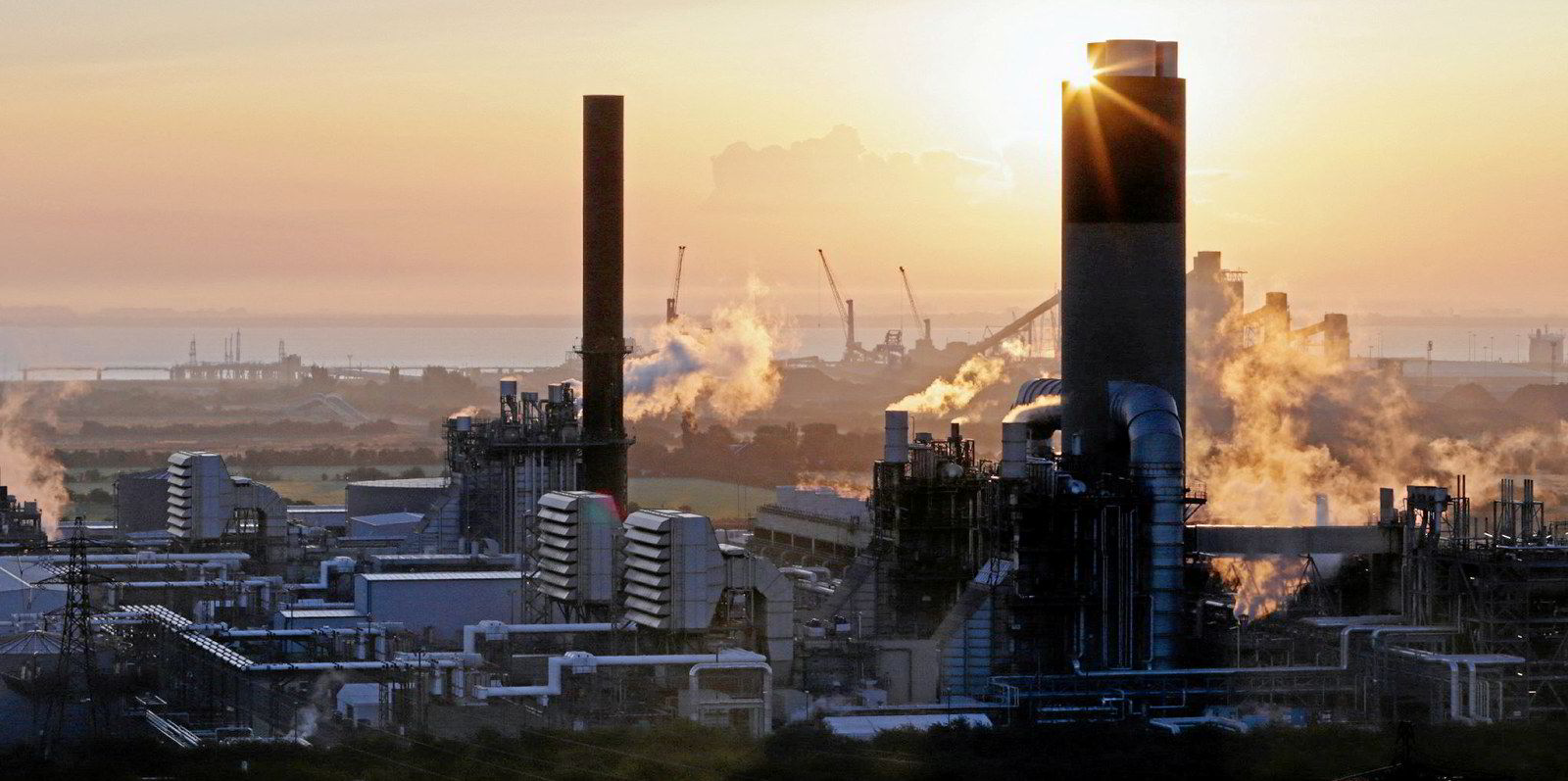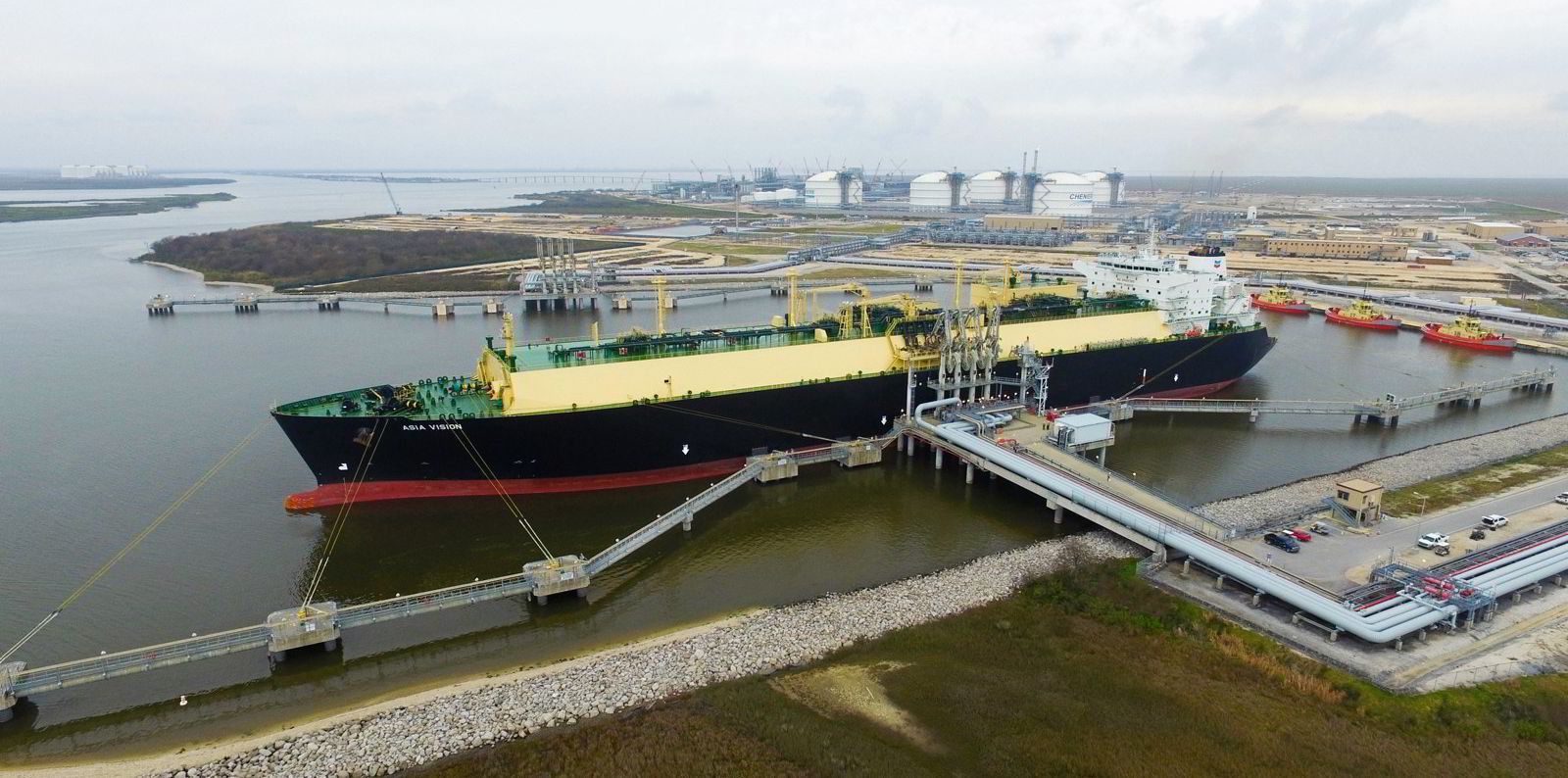The US Department of Energy (DOE) has released a draft National Clean Hydrogen Strategy and Roadmap, which sets out three key priorities: the targeting of strategic, high-impact uses of hydrogen; reducing the cost of clean hydrogen to $1/kg by 2031; and focusing on the deployment of at least four regional clean hydrogen hubs.

The $1 goal was first announced in June 2021, under the name “Hydrogen Shot”, while the regional hubs — along with $8bn of federal funding — were clearly spelled out in the Infrastructure Investment and Jobs Act, which became law in November last year.
The document also sets goals for the US to produce 50 million tonnes of clean hydrogen (see definition below) per year by 2050, with interim targets of 10 million tonnes by 2030 and 20 million tonnes by 2040 — up from “nearly zero” today. The US currently produces about 10 million tonnes of grey hydrogen from unabated fossil fuels annually.
Incidentally, the Infrastructure Investment and Jobs Act called for the clean hydrogen strategy and roadmap to be submitted to Congress by Energy Secretary Jennifer Granholm “not later than 180 days after the date of enactment” of the law. It was signed into law by President Joe Biden on 15 November 2021, and the strategy document was released on 22 September 2022 — 311 days later.
High-impact uses
The 121-page document sets out the following argument for “strategic, high-impact uses of hydrogen” — and it may disappoint many.
“While hydrogen’s versatility enables it to be used in numerous applications, DOE’s focus will be on clean hydrogen for decarbonizing segments such as in industry and heavy-duty transportation that are difficult to electrify.
“Within these segments, processes that use fossil fuels as a chemical feedstock [such as ammonia and methanol] or in the generation of high-temperature heat or long-duration, dispatchable power will require clean fuels, such as hydrogen, to decarbonize.”
It says that half of industrial emissions are due to burning fossil fuels to produce heat and power.
“While lower grades of heat generation are typically feasible to electrify, about 30 percent of heat used in industry is at temperatures above 300°C and would likely require clean fuels to decarbonize.”
But this demonstrates a lack of understanding of the options. As Gniewomir Flis, then an analyst for German think tank Agora Energiewende told Recharge last year: “The idea that high-temperature process heat can only be decarbonised with hydrogen is a marketing ploy. In most instances, electric heating is just as viable, and could be even more efficient at decarbonising high-temperature industrial heat than hydrogen.”
As this scientific paper points out, all-electric heating solutions are commercially available today for heavy industry that can provide high-temperature heat of more than 1,000°C, including infrared and microwave heaters, induction and resistance furnaces, as well as the electric arc furnaces that are common in the US steel industry.
The draft strategy continues: “Furnaces that burn pure hydrogen or blends of hydrogen with natural gas are key options in these applications.”
Multiple studies have shown that burning a blend of hydrogen and natural gas is an extremely expensive and ineffective way of using high-value H2. Due to the lower volumetric energy density, about three units of hydrogen are needed to produce the same amount of heat as one unit of natural gas, so a 20% hydrogen blend would only reduce carbon emissions by 7%.
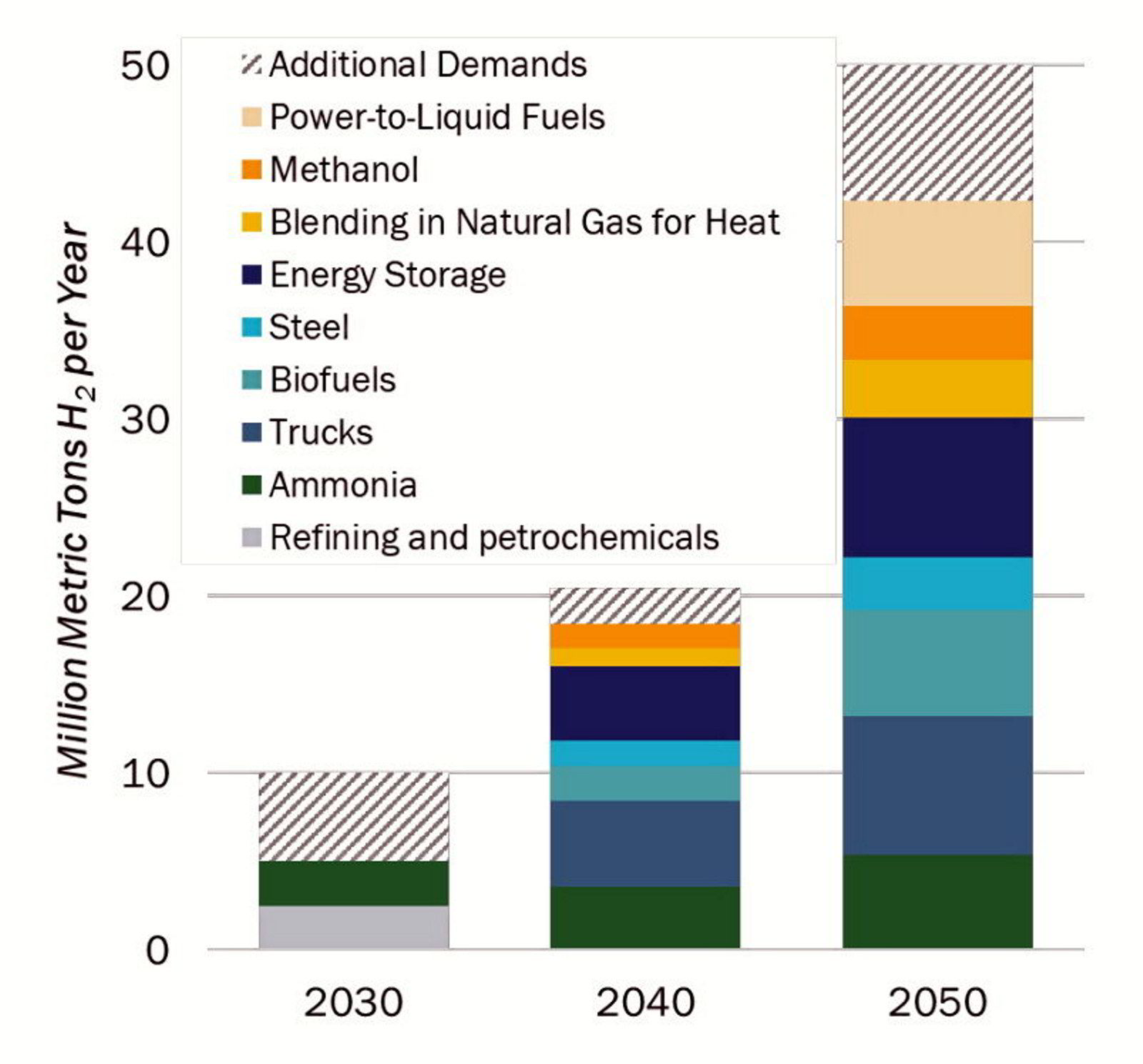
Yet a chart in the document suggests that about three million tonnes of clean hydrogen a year would be used for “blending in natural gas for heat” in 2050.
Energy storage
The document adds that it sees the use of hydrogen for long-duration energy storage as “essential to enable growth in using clean electricity across sectors”.
“The use of hydrogen in fuel cells or low-NOx turbines is a leading option to enable multi-day, dispatchable power to the grid. In scenarios with high electrification rates, more clean hydrogen and other clean fuels may be needed to provide reliable power and integrate variable renewable energy into the grid for firm, dispatchable power.”
Converting electricity to hydrogen in an electrolyser and back again in a fuel cell results in energy losses of about 65-72%, depending on transport, storage and distribution of the H2. Many experts argue that hydrogen should therefore only be used for energy storage once variable renewable energy constitutes a high proportion of the electricity mix and cheaper options are insufficient.
H2 use in transport
“In transportation, hydrogen has a strong value proposition in the trucking sector, particularly for fleets with heavy-duty vehicles, long-distance (>500-mile) routes, or multi-shift operations that require rapid refueling,” says the draft strategy.
“Hydrogen is also an essential feedstock for producing liquid fuels that will be necessary for large-scale energy applications, such as aviation, rail, and marine.”
It adds that clean H2 can displace the grey hydrogen used in oil refining to crack heavy crude oil and remove sulphur, as well as be used to produce biofuels from biomass, and as a base ingredient for synthetic fuels that are chemically identical to petroleum or aviation fuel.
The document suggests that hydrogen will be used directly as a fuel for medium- and heavy-duty trucks and buses.
“Fuel cells are particularly viable for applications such as heavy-duty trucks that require fast fill times comparable to diesel today, or long driving ranges above 500 miles [805km].”
It does not point out that vehicles running on green hydrogen would cost two to three times as much to run as fully electric battery-powered counterparts, or that electric trucks such as the Tesla Semi will also be capable of travelling 500 miles on a single charge.
The document also states that hydrogen will be important for the decarbonisation of aviation.
“The development of SAFs [sustainable aviation fuels], such as biofuels and power-to-liquid fuels that can be used instead of conventional jet fuel, is essential to decarbonizing this sector.”
Hydrogen can be combined with captured carbon dioxide to produce synthetic jet fuel that is, theoretically at least, carbon-neutral.
Hydrogen can also be used directly as a fuel for short-haul flights, with companies such as ZeroAvia developing airplanes that can travel up to 1,800km in a single journey.
First, second and third waves
Later in the strategy paper, it talks of a “first wave” of clean hydrogen applications, which will be in “existing markets that have few alternatives to clean hydrogen for decarbonization”.
It lists these applications as forklift trucks, oil refineries, ammonia production, buses, long-haul heavy-duty trucks, and heavy machinery in mining, construction and agriculture that need to be refuelled quickly and operate far from power grids.
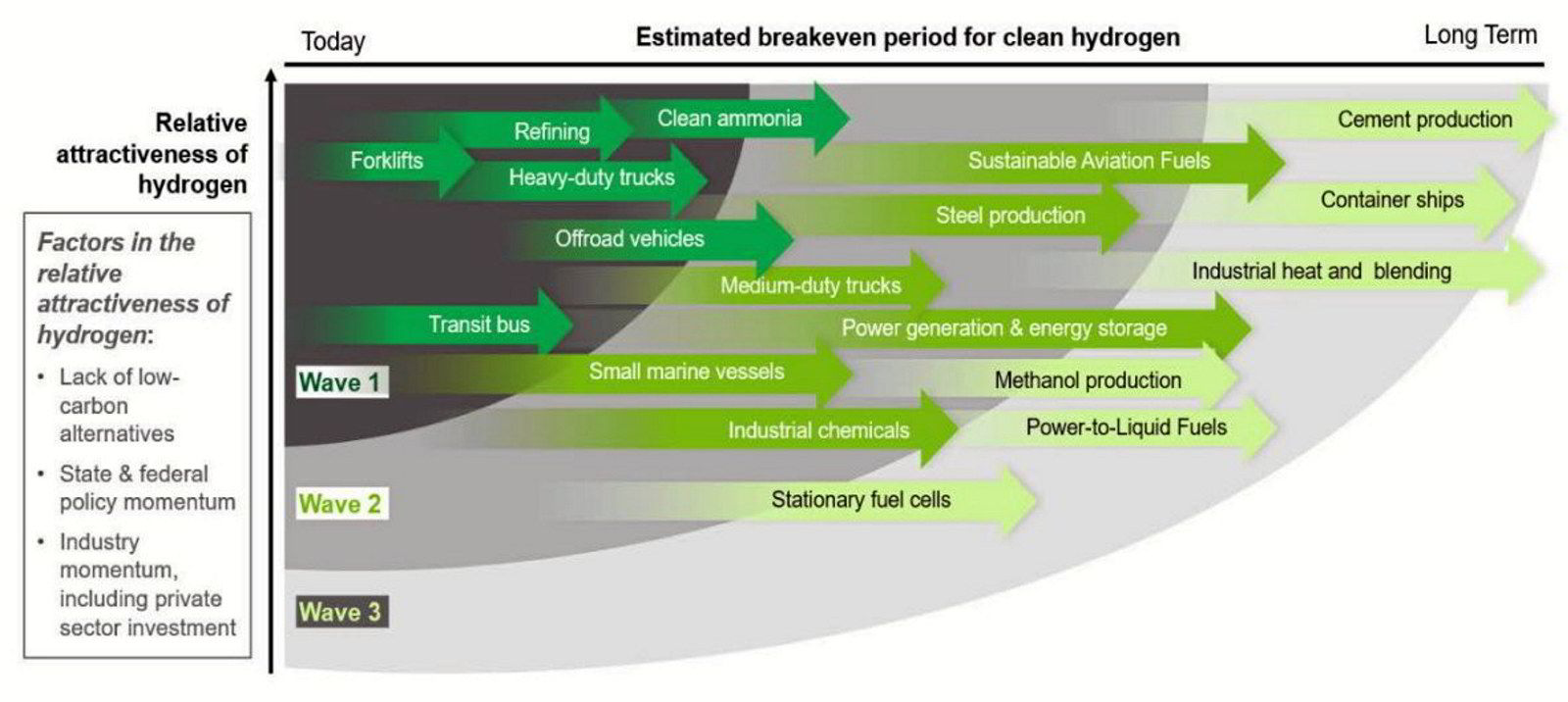
In a second wave — “where clean hydrogen offers a growing economic value proposition, supported by commitments by industry and policy momentum — application will be steel production, energy storage and power generation, aviation, medium-duty trucks, regional ferries, “certain industrial chemical production” such as plastics.
This will be followed by a third wave, where applications will “become competitive as clean hydrogen production scales significantly and as costs decline and infrastructure becomes available”.
Here it lists container ships, methanol production, cement, blending with existing natural gas networks, and back-up and stationary power to replace diesel generators in critical round-the-clock facilities such as hospitals and data centres.
Definition of clean hydrogen
The Infrastructure Investment and Jobs Act — also known as the Bipartisan Infrastructure Law (BIL) — required the DOE to set a clean hydrogen production standard of less than 2kg of carbon dioxide-equivalent (CO2e) per kg of H2 — something restated in the draft hydrogen strategy.
However, in a separate document released yesterday, the DOE stated a proposal to double that standard to 4kg of CO2e per kg of H2.
This is consistent with last month’s Inflation Reduction Act, which awards tax credits to clean hydrogen projects with lifecycle greenhouse gas emissions of 4kgCO2e/kgH2.
The DOE justifies this increase by saying: “This target is also likely achievable by facilities that achieve the BIL’s definition of “clean hydrogen” as <2kgCO2e/kgH2 at the site of production, and potentially have some additional emissions from upstream and/or downstream processes.
“This initial target of 4.0kgCO2e/kgH2 is being proposed to encourage low-carbon hydrogen production from diverse feedstocks and using state-of-the-art technologies that are expected to be deployable at scale today.”
The strategy document — which does not mention the new 4kg standard — states that lifecycle emissions for blue hydrogen via steam methane reformation (SMR) with carbon capture and storage (CCS) “can range from 3-5kgCO2e/kgH2 depending on the degree of fugitive emissions, capture rate, and carbon intensity of the electricity grid.”
It adds: “Well-to-gate emissions of electrolysis are near zero when the electricity supply is 100 percent carbon pollution free — as is the Administration’s goal by 2035 — but can be double those of SMR when using the current average US grid mix.”
The paper also points out that hydrogen produced from waste or biomass could also meet the criteria, and that biomass pathways coupled with CCS could produce carbon-negative H2.
Cost reduction
The Hydrogen Shot, announced in June last year, seeks to reduce the cost of clean hydrogen to $1 for 1kg within one decade, which it refers to as “1 1 1”.
The new strategy document adds an interim goal of $2/kg by 2026.
A key part of this challenge is to reduce the cost of electrolysers, which it says “will require high-volume manufacturing, innovations in electrolyzer stacks and balance of plant components, and electrolyzer integration in next-generation systems.”
For blue hydrogen, “cost reductions in CO2 transport and storage, variable [operations and maintenance] costs, and capital costs could help meet the Hydrogen Shot target.”
Regional networks
The BIL called for the creation of at least four regional hubs for the production of clean hydrogen, with at least one hub proposal from each of three production routes: fossil fuels, renewables, and nuclear energy — backed by $8bn of funding.
Each of the hubs should demonstrate different uses of clean hydrogen: power generation, industrial manufacturing, residential and commercial heating, and transportation, while the bill also wanted each regional hub to be located in different parts of the US, using energy sources “that are abundant in that region”.
These criteria were not set in stone, however, as the bill merely requires the Energy Secretary to meet them “to the maximum extent practicable”.
The BIL defined a regional clean hydrogen hub as a network of clean hydrogen producers, consumers and connecting infrastructure “in close proximity” to each other.
The strategy document states: “Co-location of hydrogen supply and demand can reduce the need for new long-distance infrastructure, lowering the cost of early market growth until large-scale, stable demand develops regionally and nationally.”
It adds that the $8bn of funding “will advance the production, processing, delivery, storage, and end-use of clean hydrogen, enabling sustainable and equitable regional benefits as well as market uptake”.
“Data gathered from the hubs will be used in future analyses to identify optimal approaches to market liftoff, such as using contracts for difference, matching production with off-takers, creating targeted, large-scale demand with anchor tenants, and strategies to use existing infrastructure where applicable, including CCS and other pipeline infrastructure.”
Conclusions
The document concludes by stating that clean hydrogen “will be an important element of the nation’s path to decarbonization”.
“Though much remains uncertain, the potential for hydrogen is clear. Focused investment and action in the near, mid, and long-term are needed to lay the foundation for broader clean hydrogen adoption, to drive down cost, and increase scale in a sustainable and holistic manner.
“Through effective and efficient collaboration and coordination and with the right strategies and implementation plans, the United States can and must succeed in the development of a sustainable, resilient, and equitable clean hydrogen economy.”







